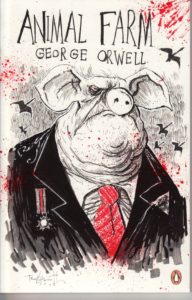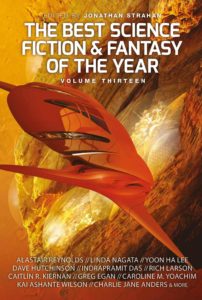Anthropomorphic Animals — Not Just for Kids
I’m always juggling a half-dozen story ideas around in my head. Recently, I’ve debated whether to start one written from the point of view of an animal – a bird who survives an apocalypse that kills off all human civilization.
I pitched the short story to my kids (if you ever have trouble crystalizing what your story is about, explaining it to children is shockingly helpful.) And they loved the idea. But then I questioned whether that was simply because of their age. After all, children don’t just accept, they adore stories told from the point of view of animals.
I did an online search, and novels about animals are a lot less common for adults. They exist, as evidenced by this list from tor.com of anthropomorphic animals in speculative fiction. Still. If an unknown writer pens a story from the point of view of an animal, intending it for an adult audience, might it be viewed as unmarketable or, much worse, amateurish?
I thought about it and decided that, in fiction, all things are possible – if done correctly – and put the story on my already too-long “To Do” list.
Then, by pure coincidence, I started reading the excellent short story anthology The Best Science Fiction & Fantasy of the Year, Volume 13, edited by Jonathan Strahan.
To my surprise and delight, several stories within the book have animals as main characters. They include “The Starship and the Temple Cat” by Yoon Ha Lee, a tale about a ghost cat who haunts a destroyed space station; “The Only Harmless Great Thing” by Brooke Bolander, a beautifully written alternative history novella about sentient elephants; and “Meat and Salt and Sparks” by Rich Larson, in which an uplifted chimpanzee detective must solve a murder.
Now I’m even more excited than ever to get my story idea out of my head and onto the page.
Update 8/2020: I just finished listening to an interview of the late, esteemed Ursula K. Le Guin, in which she talks about the literary taboo of writing “animal stories.” The whole, wide-ranging interview is great, but this topic begins around minute 31:45 and continues to about 36:30 if you want to get right to it. It includes a brief excerpt from her book of essays Words Are My Matter and includes the question, “What is it that the child perceives [in these stories] that her whole culture denies?”





